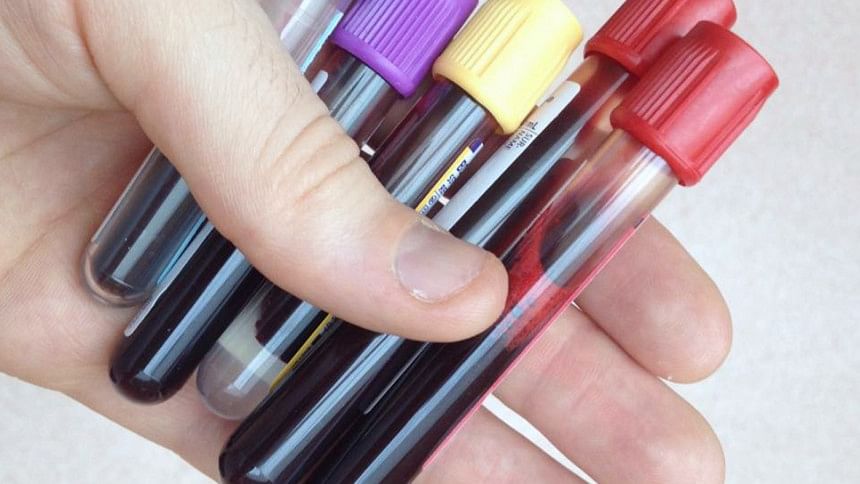Secrets of long life unveiled!

Science may have finally unlocked the key to the fountain of youth, 500 years after Juan Ponce de Leon's death, from the mysteries that were revealed from testing the blood of world's oldest woman.
The fountain of youth, the legend which de Leon has been associated with, is neither a fountain, and definitely it is not in Florida. Actually we all have it inside us, as the secret to live longer lies in our white blood cells, reports Medical Daily.
Scientists studied the blood and tissue samples from Hendrikje van Andel-Schipper, who was once the world's oldest woman, and found that people die of old age due to exhaustion of blood stem cells. Now that the discovery of the cause of death is being made, the 'million dollar' question is what to do with the findings.
Some scientists believe that replenishing these stem cells manually may result in making death no longer inevitable.
What are stem cells?
Stem cells, which are essentially the raw materials of the body, divide to form more cells under the right body conditions or in a laboratory. The new cells can become either new stem cells or specialised cells which have more specific functions, for example brain cells or blood cells. Stem cells are the only cells that can naturally form new cell types.
Secrets in Blood
Hendrikje van Andel-Schipper, born in 1890, was remarkably healthy in her old age, with a clear mind and a disease-free physique until she died in 2005. According to her wish, her body was donated to science which helped scientists to collect her blood and tissue samples in order to study how old age affects the body.
Studying the samples, scientists came to know that the span of our life is limited by the replenishing capacity of the stem cells, according to a report by New Scientist. Stem cells eventually die off when they are no longer capable to self-replenish. Tissue replacement will not be possible any more, and the cells will soon die of old age naturally.
Towards the end of van Andel-Schipper's life, two-third of her remaining white blood cells originated from just two stem cells, suggesting that most of the stem cells she began her life with had burned out and died. It was also found that the telomeres of her white blood cells, which are the protective tips on chromosomes that are burned down every time a cell division takes place, were drastically worn down. The number of active stem cells keeps shrinking throughout the life and their telomeres get shorten until the point of their death, known as Stem-cell exhaustion.
'Fountain of Youth'?
Is it possible that understanding the cause of death may enable us overcome it someday? The scientists think so, as they believe aging bodies may be rejuvenated by re-injecting stem cells saved from birth or early life. "If I took a sample now and gave it back to myself when I'm older, I would have long telomeres again — although it might only be possible with blood, not other tissue," Henne Holstege, lead researcher of the study on van Andel-Schipper's blood, told New Scientist.
Scientists are hoping to use the results in correlation with studies on Alzheimer's disease to find out why some are vulnerable to the disease at an early age, instead of creating a theoretical "fountain of youth".
They also got some important insight about the natural defences of our body against cancer by studying the blood samples, as they found there were many harmless mutations, or the result of mistaken replication of DNA, in her blood.
Since the mutations were cancer-free, the researchers came to the conclusion that she possessed an advanced system to repair or abort cells with dangerous mutations.
"When there is a mutation, there's an opportunity for selection and some somatic mutations lead to cancer. Now we see the range of somatic mutations in normal, non-cancerous tissues like blood, so we can start to think about health consequences," said Chris Tyler-Smith of the Wellcome Trust Sanger Institute in Hixton, Texas.

 For all latest news, follow The Daily Star's Google News channel.
For all latest news, follow The Daily Star's Google News channel. 



Comments